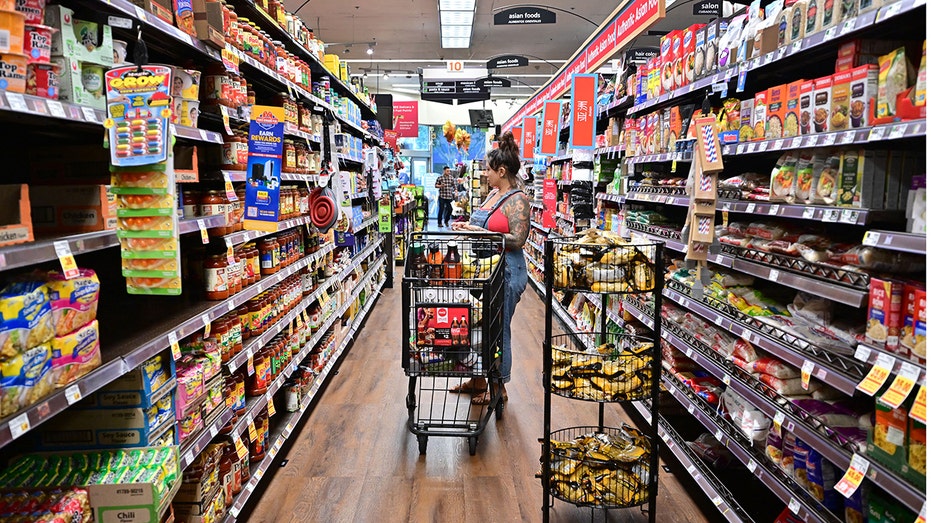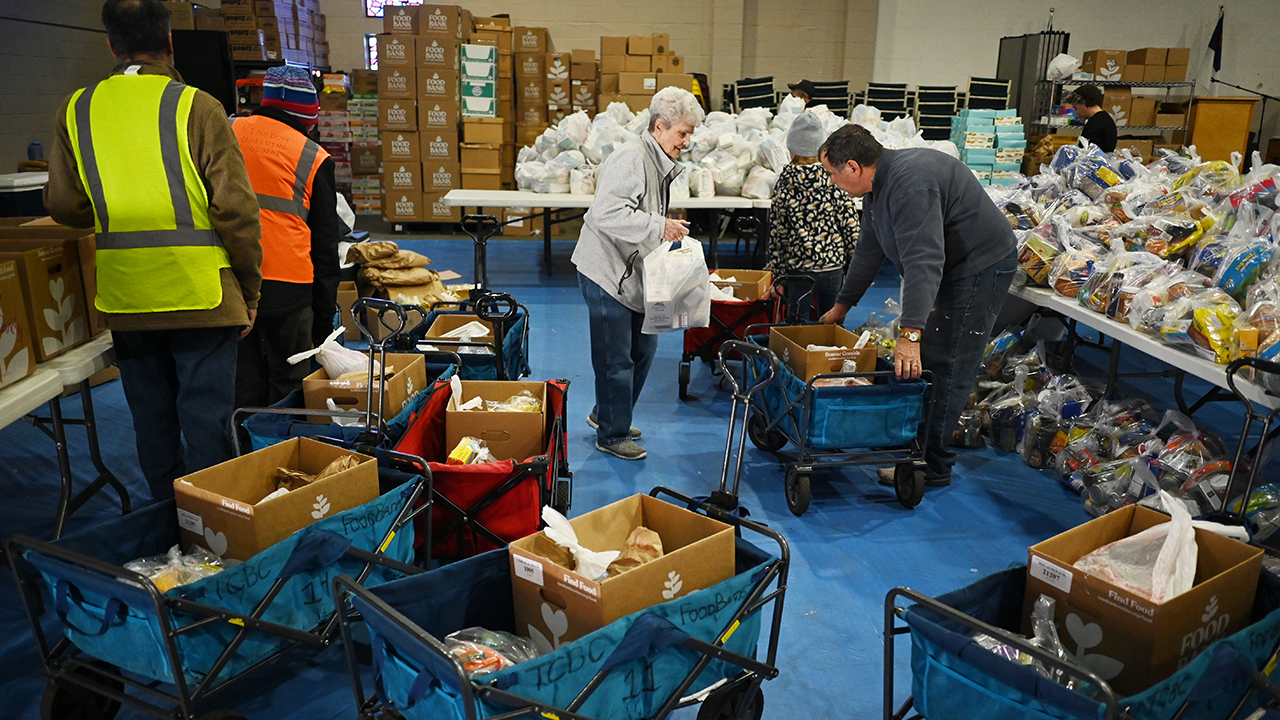Food insecurity on the rise as cost of living pinches wallets
Individuals living in food-insecure households rose to 44M in 2022
The consumer is 'stressed,' but inflation is 'coming down': Phil Orlando
Federated Hermes chief equity strategist Phil Orlando on the Fed's rate hikes being 'over,' the holiday retail outlook and remaining Q3 earnings.
The cost of living in the U.S. has risen to such a degree that millions of families are being forced to make cutbacks on food, leading to a rise in food insecurity in the country.
The New York-based hunger organization City Harvest is trying to draw attention to the prevalence of this issue, especially as Thanksgiving approaches. To date, the group has served more than 82 million pounds of food to New Yorkers facing hunger.
In 2022, the number of people living in food-insecure households across the U.S. reached over 44 million, according to data from the Department of Agriculture (USDA).
WALMART AIMS TO LOWER FOOD COSTS TO ENTICE CUSTOMERS TO BUY OTHER PRODUCTS
That is a 31% increase from the prior year and the largest one-year increase in food insecurity since 2008, according to Feeding America, a nationwide network of food banks, food pantries and local meal programs.
According to its food bank pulse survey data, 90% of respondents were seeing demand for food assistance increase or stay the same in August 2023 compared with July.

Volunteers assort and box foods at Tri-City Baptist Food Bank in Westminster, Colorado, on Feb. 28, 2023. (Hyoung Chang/The Denver Post / Getty Images)
"Food banks have been reporting that they are operating under increasing pressure from both sides: the growing number of people experiencing food insecurity and a diminished supply of nutritious food to distribute," Feeding America CEO Claire Babineaux-Fontenot said.
In New York specifically, City Harvest reported that visits to food pantries have climbed 65% since 2019.
THANKSGIVING DINNER 2023: HERE'S HOW MUCH YOU'LL HAVE TO FORK OVER
Babineaux-Fontenot stressed that food donations and fundraising have declined since the pandemic and "while we know the USDA has been working to help, it simply has not been enough."
Grocery prices in October were 2.1% higher than the same time a year ago, according to the Labor Department's latest consumer price index data.

A woman shops for groceries at a supermarket in Monterey Park, California, on Oct. 19, 2022. (Photo by FREDERIC J. BROWN/AFP via Getty Images / Getty Images)
Jerome Nathaniel, City Harvest director of policy and government relations, told FOX Business that families are grappling with the rise of other essential expenses like childcare, housing and medical expenses, which is forcing them to cut back on food.
According to United Way's New York City True Cost of Living report, 50% of working-age households do not have enough income to cover necessities such as food, housing, health care and transportation.
GET FOX BUSINESS ON THE GO BY CLICKING HERE
"Housing prices and other cost of living increases create a gap in income, and food is often the first place where families can cut corners to make ends meet," Babineaux-Fontenot said.
The other issue is that any increase in income can "often cause low-income families to lose benefits, like childcare subsidies and housing subsidies, which leaves families with higher expenses at the end of the month and less to spend on groceries than before their income increased," she continued.





















